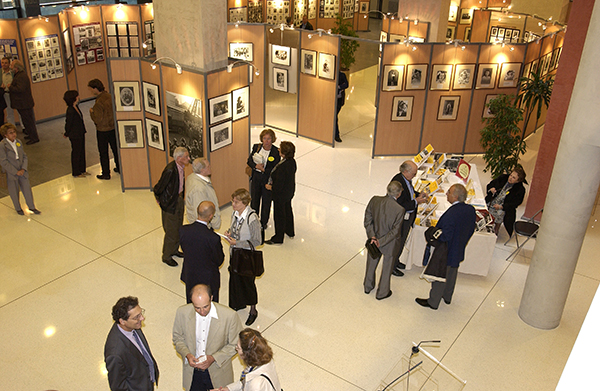Supporting exhibitions
At SNCF, we’ve lent our support to numerous Resistance and Deportation exhibitions, some of which have been shown at stations across France—and at prestigious venues like the French Senate and the UNESCO Headquarters in Paris.
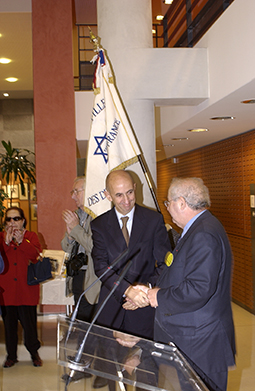
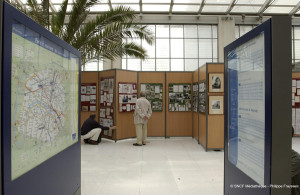
Jewish Children Deported from France
This exhibition shows photographs of 4,000 of the 11,400 Jewish children deported from France between 1942 and 1944. It was designed by lawyer, historian, and Nazi-hunter Serge Klarsfeld and by the Association of Sons and Daughters of Jewish Deportees from France, of which Klarsfeld is President.
The exhibition was shown at 20 of France’s largest train stations between 2002 and 2004, as well as at SNCF’s headquarters. It was also displayed at the French National Assembly and Paris City Hall, and has been seen by a million visitors in all.
The traveling exhibition visited the following stations:
- Paris-Est
- Compiègne
- Paris-Saint-Lazare
- Angers
- Lyon-Part-Dieu
- Limoges
- Clermont-Ferrand
- Marseille-Saint-Charles
- Rennes
- Lille-Flandres
- Strasbourg
- Perpignan
- Nice
- Toulouse
- Nancy
- Nantes
- Bordeaux
- Grenoble
- Metz
- Paris-Nord

Map of France showing stations that hosted the exhibition between 2002 and 2004
The tour ended at SNCF’s headquarters in Paris in October 2004. Serge Klarsfeld and then-SNCF Chairman Louis Gallois inaugurated the exhibition at a ceremony attended by SNCF employees and members of the Association of Sons and Daughters of Jewish Deportees from France.
In 2013, the exhibition, with its collection of rare documents, found a permanent and particularly moving home at Camp des Milles, the site of an abandoned factory in south-eastern France that was used as an internment camp during the Second World War. Around 100 children were deported from Camp des Milles to concentration camps. It now serves as a memorial and a museum of history and remembrance. We’ve supported educational programs at the site since 2012.
Learn more: Camp des Milles
Rail Workers & the Resistance
This exhibition, which opened in 2005, was organized by the French Resistance Foundation and the Museum of the Liberation of Paris – General Leclerc Museum – Jean Moulin Museum, with the backing of SNCF and the French Railway Historical Society (AHICF). University experts on the French Resistance movement (Laurent Douzou and Serge Wolikow) and French railways (Christian Chevandier and Georges Ribeill) also contributed their expertise.
Many of the documents had never before been made public. They came primarily from the SNCF Historical Archive Centre in Le Mans, from the French National Archives, and smaller museums across France (in Ascq, Bondues, Besançon, Champigny-sur-Marne, Joigny and Lyon). In addition, many private individuals kindly authorized the reproduction and use of their family documents and photographs.
The exhibition comprises around 50 panels describing the situation in France during the Second World War, the conditions under which SNCF operated, and rail workers’ involvement in the Resistance, including their daily lives under the German occupation. It recreates conditions in the workplace and society during the Second World War, and examines key political issues of the period and the role of rail workers in the Resistance—and in France’s collective memory.
The exhibition has been shown in Paris (at the Museum of the Liberation of Paris – General Leclerc Museum – Jean Moulin Museum), Mulhouse (at the Mulhouse Rail Museum, the Cité du Train), Bordeaux (at the Jean Moulin Centre), Saint-Pierre-des-Corps (in the local library), Châlons-en-Champagne (at the town hall), Tergnier (at the Resistance and Deportation Museum), Brive (at the Edmond Michelet Centre), Thouars (at the Résistance & Liberté Regional Centre), and Saint-Omer (at La Coupole, the museum and remembrance center in northern France).
To mark the 70th anniversary of the liberation of France and the victory over Nazism, 25 of the panels were hung on the railings around Paris-Est station between April 28 and June 30, 2015.
In 2011, rail-industry publisher La Vie du Rail and AHICF released Les Cheminots dans la Résistance (Rail Workers & the Resistance), a book by Cécile Hochard that builds on the background research for the exhibition. SNCF supported the publication.
Learn more about the exhibition on the French Resistance Foundation website (in French)
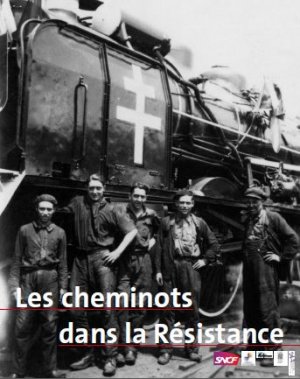
1945: The Return of the Absent Ones
In September 2015, the Orangerie of the French Senate hosted 1945: The Return of the Absent Ones, an exhibition of photographs from the Agence France-Presse (AFP) archives, organized with SNCF’s support.
Close to two million French prisoners of war, deportees, and forced laborers were repatriated from Germany between spring and winter 1945. Reception centers were set up at venues like the Hôtel Lutetia, Orsay station, and the Gaumont Palace cinema—places that came to symbolize the repatriation effort—and the authorities wasted no time in organizing celebratory events to mark the occasion. The official line was that the repatriation signaled a new beginning for post-war France and that the returnees would be welcomed as equals in the rebuilding of the nation. In reality, however, the pre-war social hierarchy was as entrenched as ever.
Political deportees and prisoners of war, who had been absent from France for the duration of the war, enjoyed the lion’s share of the limelight. Conversely, there was a certain embarrassment in attitudes towards forced and voluntary laborers and the Malgré-Nous—men from the Alsace-Moselle region who were conscripted into the German Army. For their part, Jewish Holocaust survivors barely received a mention.
AFP sprung back into action following the liberation of France, sending photographers out onto the ground to record the events of the day. The collection—the largest of any French press outlet—features moving images of people reunited after years apart.
Le Retour des absents (The Return of the Absent Ones), a 2015 book by AFP journalist Alain Navarro, accompanies the exhibition. Published by Stock (Paris), it includes a preface by Holocaust historian Annette Wieviorka.
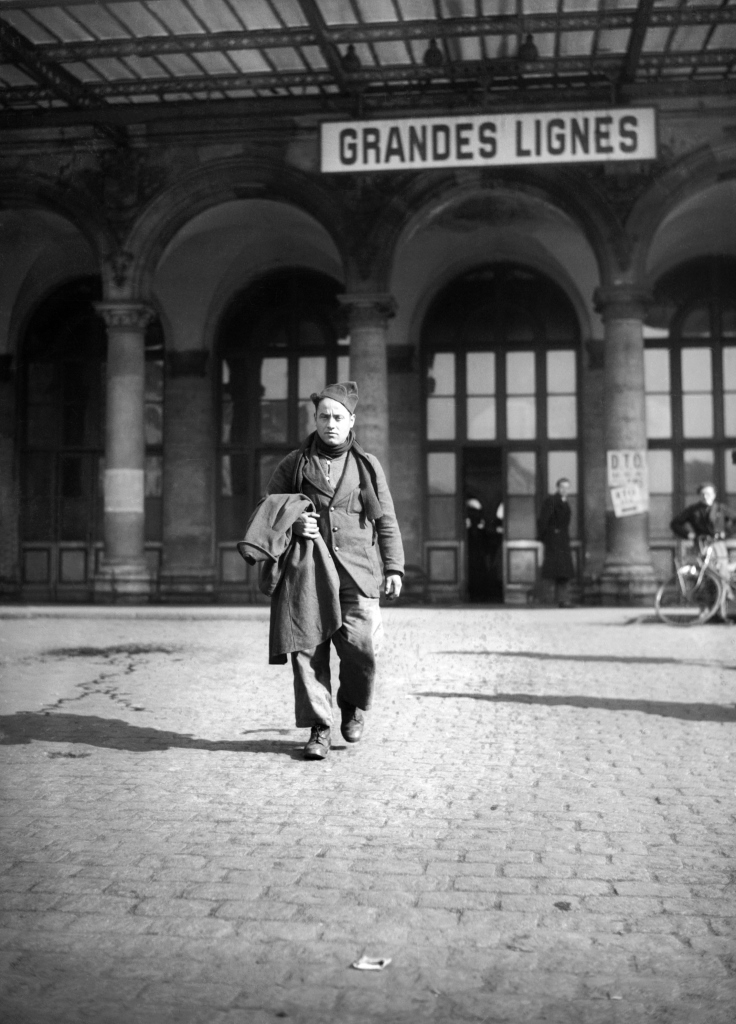
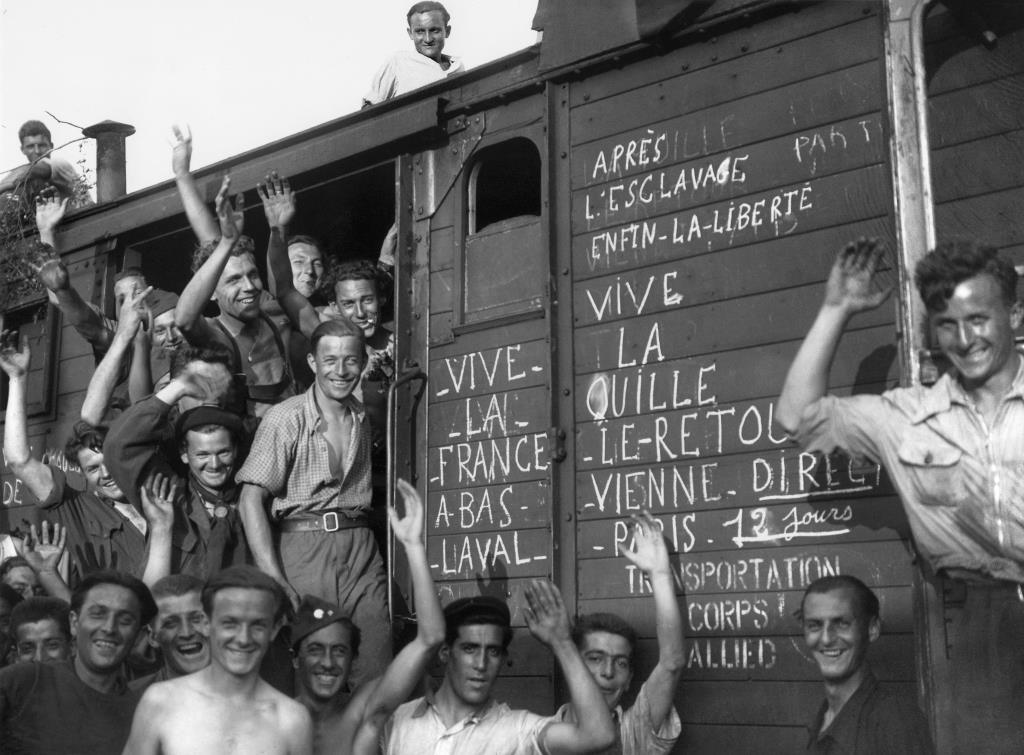
Courage, will, life: Survivors of the Holocaust
To mark International Holocaust Remembrance Day, UNESCO (Paris) hosted a collection of paintings entitled Courage, will, life: Survivors of the Holocaust. The exhibition, which opened on January 27, 2014, featured works by UNESCO Artist for Peace Alain Husson-Dumoutier, who interviewed Holocaust survivors, then painted their portraits to capture their experience as eyewitnesses of history.
The paintings went on display at the United Nations Office in Geneva in September 2016.
The exhibition was organized with SNCF’s support.
Learn more: https://www.husson-dumoutier.org/the-survivors-of-the-holocaust
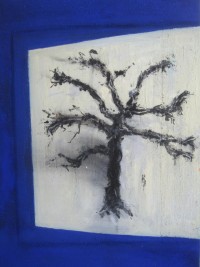
Exhibitions in the United States
Filming the Camps, from Hollywood to Nuremberg: John Ford, Samuel Fuller, George Stevens
Filming the Camps was designed by the Shoah Memorial in Paris (where it was first shown in 2010) and by historian and film director Christian Delage. Through its partnership with the Memorial, SNCF supported the exhibition as it crossed the United States. The exhibits went on display at the Museum of Jewish Heritage in New York from March 22 to October 14, 2012, before embarking on a tour that lasted until 2018, including stops in Mobile (Alabama), Atlanta (Georgia) and Dallas (Texas).
This exhibit traces the contribution of three US film directors—John Ford, Samuel Fuller, and George Stevens—as they and their crews filmed the war and the liberation of the Nazi concentration camps.
Stevens filmed the liberation of Dachau; Fuller that of Falkenau. Stevens’ gripping footage, and that of British, Soviet. and Polish filmmakers, were used in John Ford’s documentary, The Nazi Concentration Camps, which was shown on November 29, 1945 during the Nuremberg trials as evidence of Nazi war crimes.
Learn more on the Shoah Memorial website.
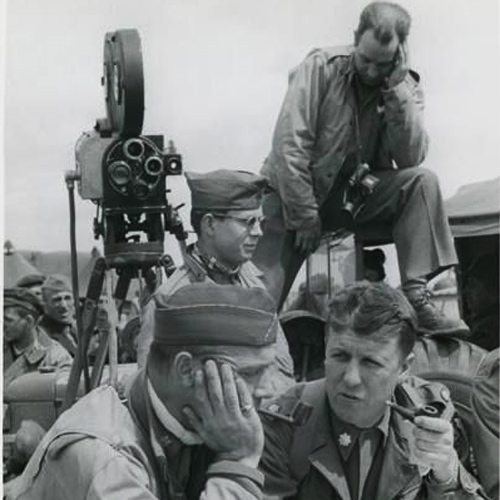
Hélène Berr, a Stolen Life
This SNCF-sponsored exhibition was designed by the Shoah Memorial in Paris and presented both there and at the United Nations Headquarters in New York. It is based on the diary of Hélène Berr, a Jewish student living in Paris at the time of the German Occupation and the persecution of French Jews. Arrested in 1944 and taken to Auschwitz, Berr died at Bergen Belsen, beaten to death just a few days before British troops liberated the camp.
The Maison Française at the French Embassy in Washington, D.C., inaugurated the exhibition in March 2012. At the ceremony, Michael R. Marrus, Professor Emeritus of Holocaust Studies at the University of Toronto, gave a talk on Hélène Berr’s diary, her perceptive understanding of the repression occurring around her, and her fears, hopes, and insights.
In spring 2013, the exhibition was displayed at two South Carolina locations: the Addlestone Library (College of Charleston) and the Richland County Public Library (Columbia).
In October 2013, it moved to Nova Southeastern University (Fort Lauderdale, Florida), where it remained until January 2014.
Learn more about the exhibition on the Shoah Memorial website.
Read a transcript of the speech given by Ambassador François Delattre at the inauguration ceremony held at the French Embassy in Washington D.C.
In 2013, we also worked with filmmaker Jérôme Prieur on the documentary Hélène Berr, une jeune fille dans Paris occupé (Hélène Berr: A Young Woman in Occupied Paris).
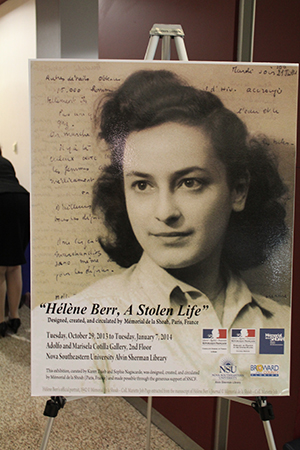


The Courage to Remember: The Holocaust 1933–1945
The Courage to Remember is a traveling exhibition organized by the Foundation for California and curated by the Simon Wiesenthal Center, an SNCF-sponsored organization based in Los Angeles that works to preserve the memory of the Holocaust and to confront racism, anti-Semitism, and hate through education.
The exhibition is both a homage to Holocaust victims and an educational resource to promote awareness of the dangers of all forms of discrimination and exclusion. Through our partnership with the Foundation for California, we supported the show as it toured the United States between 2011 and 2014. An online version was developed in 2015, again with our support.
In his address at the opening ceremony in Broward County, Florida, held on May 16, 2012, SNCF America CEO Alain Leray said: “Our interest in Holocaust education is actually a dedication. It is a dedication to continually educate and reach out to current and future generations—to remember so that it will never happen again.”
The Courage to Remember was displayed at venues in California and Florida. Government leaders from both states officially commended the exhibition for its extensive efforts to support Holocaust education, tribute, and remembrance.
Read the messages of recognition here.
Learn more about the exhibition on the Courage to Remember website.

